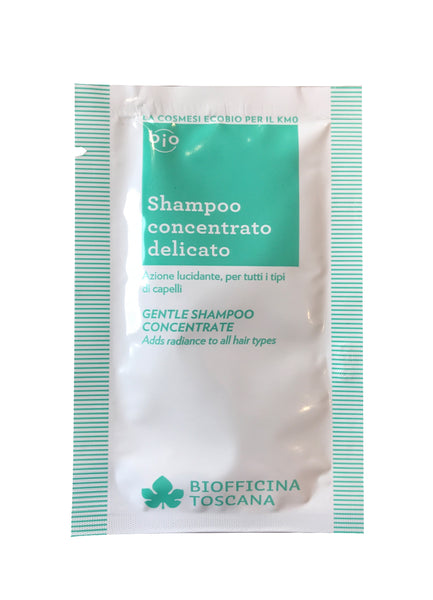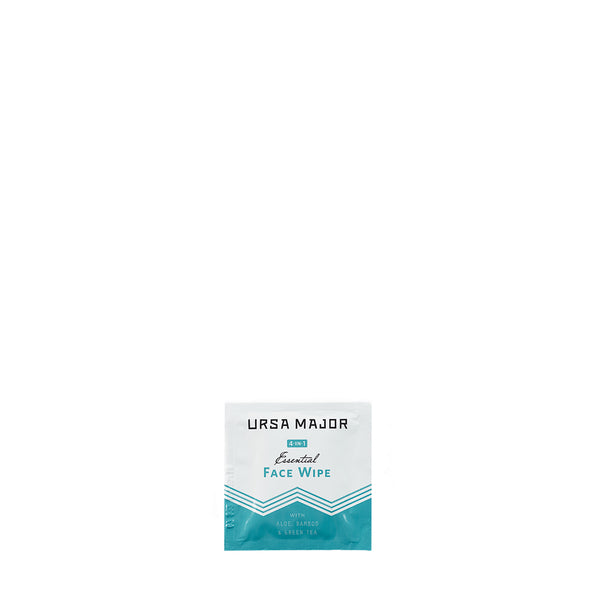Recent Articles
With Marie-Véronique Nadeau

There’s no one quite like Marie Veronique in the world of skincare. We have adored her and her creations — among them, the unique formulas she’s designed in collaboration with the brilliant Kristina Holey — for years.
One of the things we love most about Marie is that, when she’s asked a question, she just goes for it. Instead of limiting herself to pithy, Instagram-ready, surface-level quotables, she dives into the science with an unmatched level of passion that jumps off the page. And we absolutely live for that.
So, if you’ve been tussling with dry and/or dehydrated skin, read on for the full story in Marie’s interview with Dara about the topic. Marie covers the difference between transient and chronic dry skin; types of ingredients to look for; and how to most effectively layer products for better skin nourishment during the cold, dry months.
***
Dara Kennedy: We know that skin can become incredibly dehydrated and dry during the winter months. Can you describe to us what’s happening with it in general?
MARIE-VERONIQUE NADEAU:
First, the longer story.
To explain dry skin, we might want to break it down into two categories:
1. Surface, transient dry skin
2. Chronic dry skin, sometimes called dehydrated skin
Problems with transient dry skin may be simple to resolve if the condition occurs off and on, and appears to coincide with use — or, more often than not, overuse — of products inappropriate to the season and/or the individual’s skin type. If a change in one’s skincare routine resolves the problem, then it’s reasonable to chalk it up to something like overenthusiastic exfoliation that can be avoided in the future.
Problems with chronic dry skin, on the other hand, can be much more difficult to resolve. Chronic dry skin, aka dehydrated skin, may be — for the most part — attributed to malfunctions occurring in the barrier layer, aka the stratum corneum (SC), which is the topmost layer of the epidermis. (This hypothesis is, of course, based on the assumption that medical conditions with attendant skin symptoms or medications with side effects are not part of the etiologic picture).
The SC’s duties are primarily to protect against assault by outside invaders and moderate levels of moisture leaving and going into skin tissue. Formerly regarded as operating like a kind of plastic film, the barrier layer’s structural complexity and the range of its duties has only recently begun to be appreciated.
The most critical protective task performed by the barrier layer is permeability layer functionality, characterized by the retardation of transcutaneous evaporative water loss. Inhibition of transepidermal water loss (TEWL) through evaporation requires, among other things, localization of highly hydrophobic lipids: ceramides, cholesterol, and free fatty acids within the extracellular domain of the SC, and specifically within the lamellar bilayers. Taken together, these lipids inhibit the outward movement of water.
Barrier function has started to receive attention in the skin care world only recently. Prior thinking was that dry or dehydrated skin simply needed extra hydration via moisturizing creams — the thicker the better. In cases of severe dryness with or without attendant dermatitis complications, dermatologists advised patients to use occlusives like petrolatum, along with steroids to suppress inflammation.
However, further research into the barrier layer has given us a deeper understanding of its biochemical diversity as well as the multiplicity of its contributions towards maintaining skin health. The dry skin picture can become quite complex, particularly in cases of atopic dermatitis (AD) where complications related to dry skin are severe, making the connection between barrier failure and chronic dryness, aka dehydration, hard to miss. When your barrier layer is functioning properly, you don’t notice it (like most things), but barrier function certainly makes its presence felt in its absence.
Briefly:
Transient, surface dry skin can be the result of removing surface oils meant to lubricate and protect the skin, often by physical means like scrubbing, more quickly than they can be replaced by the oil productive components of the skin such as the sebaceous glands and the epidermis.
Chronically dry or dehydrated conditions suggest barrier dysfunction issues. Causes of dysfunction may range from insufficient filaggrin production, presenting as atopic dermatitis, to something as simple as the normally diminished lipid production that occurs with aging.
Fortunately, for most of us struggling with dry skin, the source of the problem is most likely a combination of extrinsic and intrinsic factors, with extrinsic factors such as weather and UV damage outweighing intrinsic factors such as aging and genetics. In most cases, dry skin issues have solutions and can be fairly easily resolved.
Dara: What are some of the most helpful ways to help skin retain hydration and moisture? Are there specific types of ingredients, particular ingredients, or particular textures we should be looking for during this time of year?
MARIE: Two types of ingredients to focus on here are humectants and emollients.
Humectants
Ingredients such as humectants increase the water content of the epidermis, thus retaining moisture. Marie Veronique’s Barrier Restore Serum, which contains humectants such as sodium PCA and saccharide isomearate found naturally in the lamellar bi-layers of the SC, addresses and remediates many aspects of barrier dysfunction.
Since everyone over the age of ten has barrier dysfunction to some degree, application of humectants will aid moisture retention in a biomimetic fashion, as opposed to just slathering on occlusives to prevent evaporation.
Emollients
Lipids that maintain soft, smooth, pliable skin remain on the skin’s surface or in the SC to act as lubricants. In addition to being emollient, three key epidermal lipids mediate barrier function: ceramides, cholesterol, and free fatty acids (all of which are found in our Barrier Lipid Complex).
Production and secretion of these lipids is impeded in people with compromised barrier function. Even if barrier function is adequate, other factors such as age or overexfoliation may create dry surface conditions that can be easily ameliorated by replacing these key lipids.
Dara: Sometimes it can help to layer products during the cold, dry months, just like we layer our clothes. What are some guidelines you think we should follow as far as product layering is concerned?
MARIE: First, let’s regard layering as functional skin care’s answer to occlusives.
Occlusives such as petrolatum, lanolin, and mineral oil are, thanks to the thickness of their structure, capable of preventing or retarding evaporation of water. For a number of reasons, including potential contamination, allergic reactions, and restricted oxygen flow, we do not recommend using occlusives.
Your clothing analogy is good: layers of thinner material can provide the same level of weather protection as can be gotten from one thick coat of material, but in a way that doesn’t interfere with normal moisture retention and evaporation processes.
Guidelines
The more thickness desired, the more generous you can be with your strategic layers. They may be applied as often as needed. Don’t worry that you will “clog pores”: you won’t.
For ongoing dry conditions, you may want to increase your applications of epidermal lipids, especially those that occur naturally in the barrier layer: cholesterol, ceramides, and free fatty acids. We produce ceramides naturally, but as we age, production rates slow.
Finally, your skin will make adjustments over time, so it’s more important to pay attention to your skin’s condition and needs in the present moment as opposed to sticking to a hard and fast routine. Your skin will improve over time with the right treatment, so at some point, you may be able to invoke the “less is more” rule.
It’s important to note here that while we discuss some of the ingredients necessary for combatting dry skin, the formulation of the product is just as important. You can use the best ingredients available, and if the formulation does not enable effective delivery, it won’t matter. Here at Marie Veronique, efficacy is our top priority.
Dara: If one has a dry skin type and/or dehydrated skin condition during other times of year, would you suggest approaching anything differently?
MARIE: If one has a year-round problem with dry skin, it’s even more likely that barrier dysfunction is the culprit, so working on improving barrier function should be a priority.
The same rules as above would apply — only in some cases, such as sensitivity or aging, the overarching rule may be “more is more.” Adding a good moisturizing mask at least once a week is very helpful in such cases; our Micronutrient + Hydro Mask is a very smart choice.
**
Isn’t she great? Check out our other interviews with Marie and Kristina Holey on more hot topics:
Different acids, enzymes, and retinol in skin care
Natural acne treatment
Rosacea: typical causes and suggested treatments
Skin conditions in perimenopause, menopause, and postmenopause
Why you need Vitamin C
Mitochondria, cellular respiration, and skin health
And to learn more about Marie and her philosophy, check out our Brand Spotlight.



















